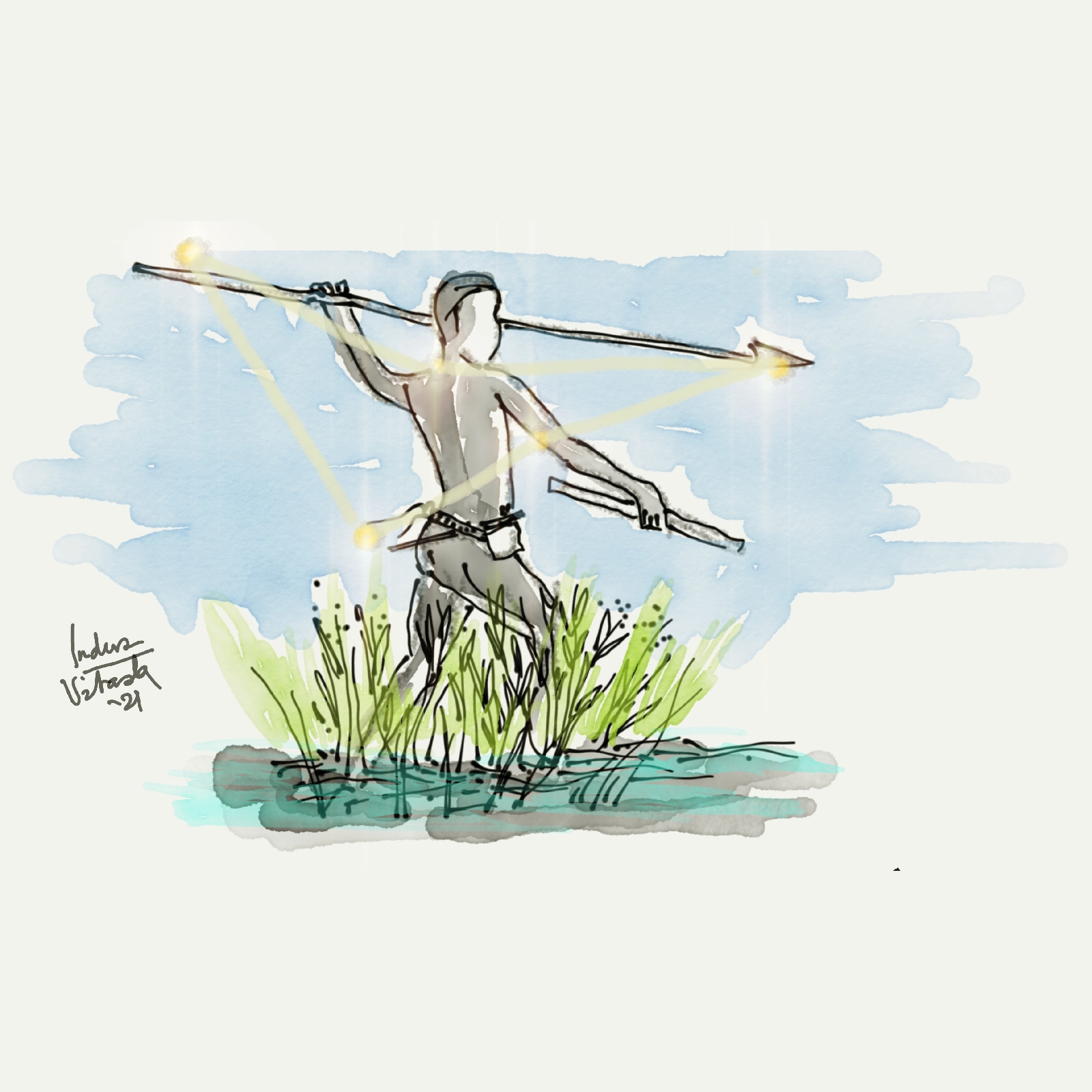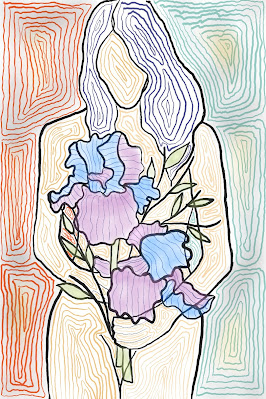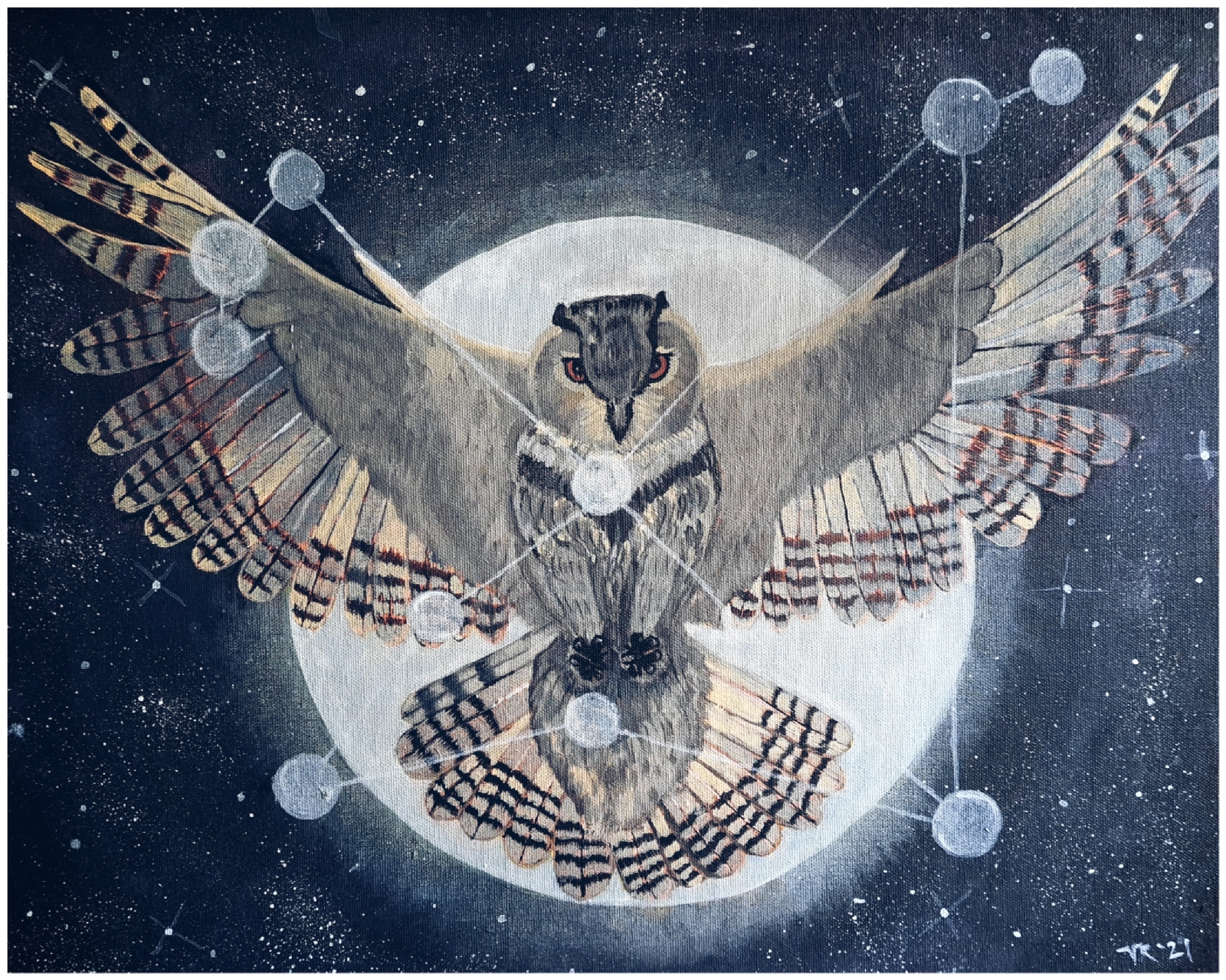Dashavatar and the Theory of Evolution: Between Mythology and Religion- The Evolution of Man
From the desk of Vitasta Raina
Time: irrelevant
Notes: Mythology is any kind of myth or story-telling connected to religion or culture. Theology on the other hand, is study connected to God, religion and religious belief.
Well Bloglanders, we’ll pick this up where we left off last time, moving from Animal-based forms to the Evolution of Man and how this is connected to the Dashavatar (The ten-avataars of Vishnu). But at the outset, I was faced with a serious dilemma, in that the next four avataars on the list, which depict the evolution of man, are also deeply linked with Hinduism, in that they are worshipped as Gods and Demi-gods. Thus, while I am able to theoretically connect these avataars with the phases of human development, I am at the same time unable to fully bring in the imagery and symbolism connected with the mythologies of these avataars. Further, any attempt at trying to bridge the gap and tie it all in into a neat little package, will be a puerile attempt, and only become a cheap imitation to already available and often reproduced images.
These avataars: Vamana, Parushurama, Rama and Krishna, are steeped deeply into Hindu philosophy and thus, while I am following in the imprints and impressions drawn out by these figures, I am basing my imagery solely on what they “represent to me in terms of the evolutionary journey of man” from hunter-gathers, to agriculture, to the representation of a modern man and then onto transhumanism. Because these ideas are also vacant from their symbolism in history, and because they exist simultaneously in Modern times, depending largely on geographic and economic conditions, I am also “brushing over” them through rapidly drawn watercolour illustrations pushing my own conception of constellations over ideas, rather than seeking to clarify or even dignify these ideas by entangling them in a web of ‘what-ifs’.
I’ve listed these ideas, before getting into the tiny watercolour images. Something light and hearty, I felt, since I cannot do justice to the “weight” of these mythologies, at least not with my superficial understanding. The other thing I have done, is ‘brush’ over the actual “evolutionary history” and left out our simian ancestors and focused solely on “Homo Sapiens, Sapiens”.
From my understanding, I have come to the following conclusions regarding Avataar vs Human Evolutionary History
1. Avataar Vamana (Avataar No. 5). Literal Translation: Drawf-God or Dwarf-Man. General Time period: “Tretayug”. Possibly Homo floresiensis, a dwarfed descendent of Homo erectus, said to occupy South Asia 1.5 million years to perhaps as recently as half a million years ago or even 50 thousand years ago.
For my Illustration, I’m framing this narrative as the “Hunter-Gatherer”. For my Constellation, I am depicting this via “Indus”, the Indian.
Hunter-Gather, Constellation Indus, Vitasta, 20212. Avataar: Parashurama (Avataar No. 6). Literal Translation: Rama with an axe. Considering Rama is also “Maryada Purushottam” or “The perfect Man”, one can consider Parashurama as being the early version of ‘modern man’ or the emergence of Homo sapiens as a distinct species. Time period: “the end of the Kali Yuga”. Possibly between the middle (roughly 300,000 years ago) to the upper (roughly by 50,000 years ago) Paleolithic age.
For my illustration, I’m framing the narrative into “farming” and the formation of early human civilizations based around agricultural trade such as the Indus Valley Civilization. For my constellation, I am using “Bootes”, the Herdsman or Ox-driver.
Farmer, Constellation Bootes, Vitasta, 20213. Avataar: Ramachandra (Avataar No. 7). Literal Translation: beautiful, lovely moon. Time period: dated sometime during the second half of the 1st century of the Common Era (century AD 1 to AD 100). During this period in India, the predominant kingdoms were the Indo-Greek Empires following the fall of the Maurayan Empire, the Kushan Empire, the Western Kshatrapa, and the Dravidian Kingdoms. Maps below show the various Empires in India in the 1st Century AD and the 2nd Century.
For my illustration, I am framing the narrative into “architecture” and the building of many ancient Indian Temples. For my constellation, I am using “Cassiopeia”, the Queen often depicted holding a staff with a crescent moon.
Craftsman, Constellation Cassiopeia, Vitasta, 20214. Avataar: Krishna (Avataar No. 8). Literal Translation: From the Sanskrit word Kṛṣṇa, which is primarily an adjective meaning "black", "dark", "dark blue" or “the all attractive”. Time period: As per the Bhagavata Purana probably between the eighth and the tenth century CE, but may be as early as the 6th century CE. Arguably the Early classical period (c. 200 BCE – c. 320 CE), and possibly during the reign of Emperor Vima Takto or Vima Taktu of the Kushan empire. History is confusing folk!
For my illustration, I am shifting the narrative into the ‘arts’, for as the Bhagavata Purana also discusses a wide range of topics including cosmology, astronomy, genealogy, geography, legend, music, dance, yoga and culture. Further, one cannot deny the obvious symbolism of Krishna with the flute, or as a cosmic musician. However, this painting, I will do in acrylics.
That’s all for now folks!
*
*
Bombay Love.
Much Peace.
*







Comments
Post a Comment